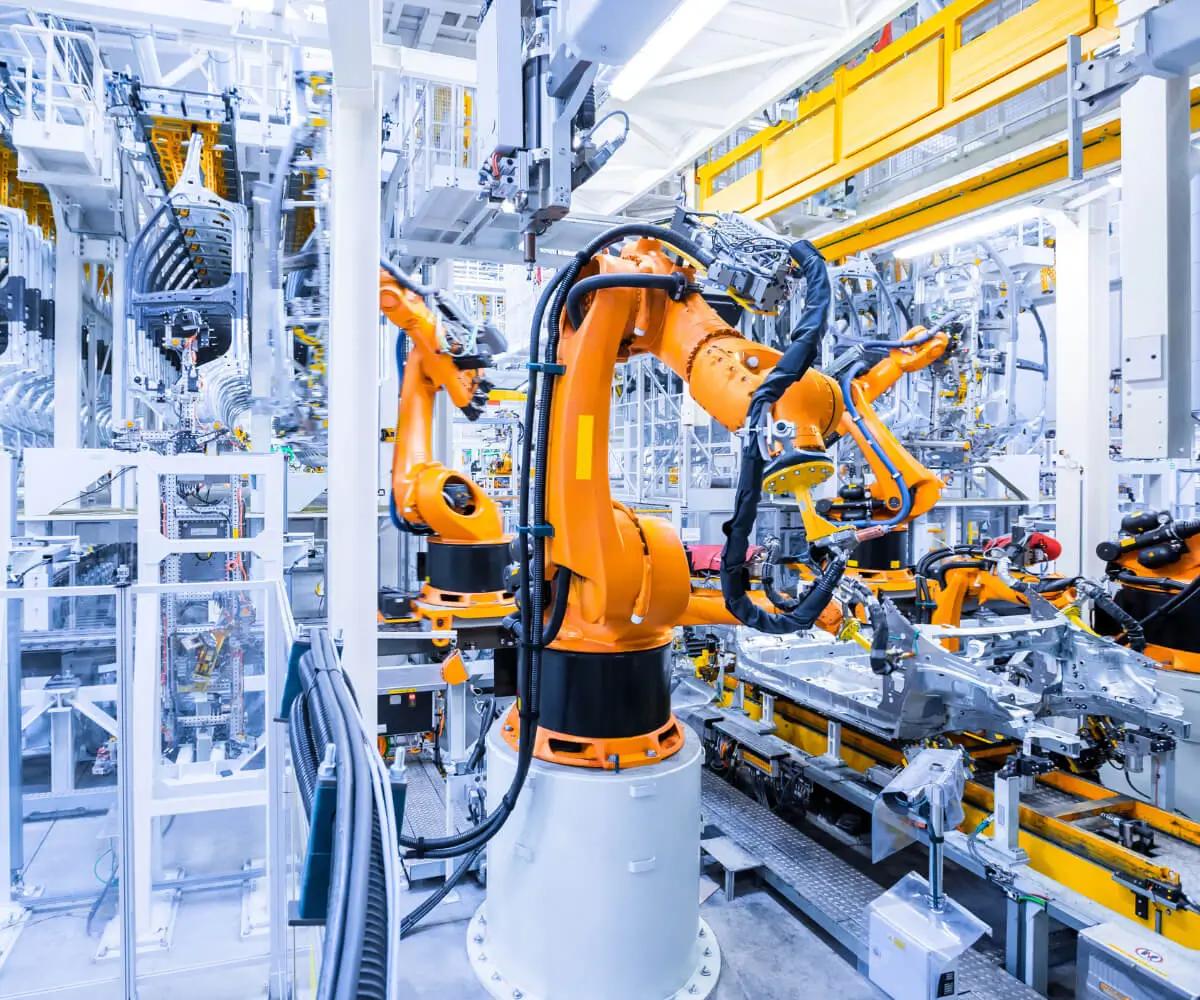In the rapidly evolving landscape of engineering and manufacturing, one element remains essential yet often underappreciated—the gear motor. This compact powerhouse seamlessly combines mechanical ingenuity with electrical prowess, powering everything from tiny drones to massive industrial robots. Yet, behind every reliable gear motor lies a meticulous process of design, visualization, and validation—an intricate dance choreographed within the digital realm of CAD modeling.

Imagine trying to assemble complex machinery without a clear blueprint—chaotic, time-consuming, risky. Enter CAD models, especially those tailored specifically for gear motors. These digital twins aren't just 3D pictures; they are detailed, precise representations that embody every nuance of the physical component. From the intricate teeth of the gears to the winding of the rotor, each element is modeled with engineering accuracy, enabling designers and manufacturers to simulate performance, identify potential issues, and optimize before a single physical prototype is built.
Why does the CAD model of a gear motor matter so much? The answer is rooted in efficiency and innovation. Before digital modeling, creating prototypes was a costly and lengthy process filled with trial and error. Now, with sophisticated CAD software, engineers can create fully detailed, parameter-driven models that serve multiple purposes: structural analysis, motion simulation, thermal management assessments, and even manufacturability checks. These models bridge the gap between conceptual design and real-world application, reducing errors, shortening development cycles, and fostering innovation.
When approaching a gear motor CAD model, engineers focus not only on shape but also on mechanics, material properties, and interaction with other components. The gear train, a critical element, is modeled down to the tooth profile, gear ratio, and contact stresses. This detailed modeling ensures rotational efficiency, minimal backlash, and durability—qualities vital to high-performance applications.
Moreover, advancements in CAD technology have introduced features like parametric design and generative modeling, allowing for rapid iteration and customization. For example, if a client needs a gear motor with specific torque output or size constraints, altering dimensions within the CAD environment is straightforward, instantly updating the model to reflect new specifications. Such flexibility accelerates the development process and enables bespoke solutions to complex mechanical challenges.
The advent of simulation plugins further elevates the importance of CAD models. Engineers can perform finite element analysis (FEA) directly within the CAD environment, testing how the gear motor withstands loads, vibrations, and thermal stresses. This level of detailed simulation uncovers potential points of failure, enabling engineers to reinforce weak spots, improve materials, or redesign elements for better performance.
Material selection is also seamlessly integrated into CAD modeling. Whether opting for lightweight aluminum or resilient steel, the CAD environment allows for real-time adjustments, visualization, and stress testing based on different material properties. This holistic approach ensures the final product is both efficient and durable.
Another transformative aspect of gear motor CAD models is their role in manufacturing. Computer-aided manufacturing (CAM) relies heavily on accurate digital models. CNC machining, 3D printing, and other fabrication methods depend on the precision of CAD files. By translating an exact visual and parametric model into machine code, the manufacturing process becomes more accurate, reducing waste, and ensuring the final product aligns perfectly with the initial design intent.
Furthermore, the digital twin concept—an exact virtual replica of the physical gear motor—has garnered widespread attention. It enables ongoing monitoring, predictive maintenance, and continuous improvement. With a detailed CAD model, engineers can simulate real-world operating conditions, forecast longevity, and schedule maintenance proactively, saving time and money.
The importance of standardized CAD formats—such as STEP, IGES, and parasolid—is worth mentioning as well. They facilitate smooth collaboration across various teams and software. For example, a detailed gear motor CAD model created in one system can be easily shared, reviewed, and modified across different platforms, fostering a collaborative environment that leads to better, faster innovations.
In essence, the development of gear motor CAD models epitomizes the synergy between mechanical design precision and digital innovation. It empowers engineers to push the boundaries of what's possible, turning abstract ideas into tangible, high-performance reality. As CAD software continues to evolve—integrating artificial intelligence and machine learning—the future of gear motor modeling promises even greater accuracy, customization, and efficiency.
Stay tuned for the next chapter, where we delve deeper into the practical applications of gear motor CAD models, their role in manufacturing processes, and how they are shaping the future of robotic automation, electric vehicles, and beyond.
Leveraging innovations in modular drive technology, Kpower integrates high-performance motors, precision reducers, and multi-protocol control systems to provide efficient and customized smart drive system solutions.




































